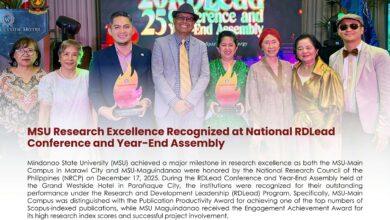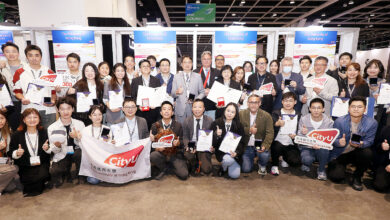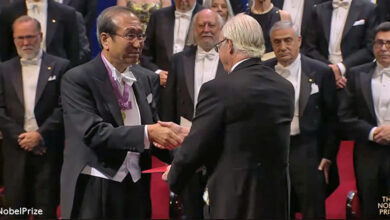Faculty of Allied Health Sciences, Thammasat University innovates the “Telemedicine Pulse Oximeter”

Telemedicine Pulse Oximeter, a creative innovation from the Faculty of Allied Health Sciences, Thammasat University. The team consists of Prof. Dr. Sairak Sa-ardprai, Asst. Prof. Supatra Silpabanleng, Asst. Prof. Dr. Supachai Worapojpisuth, Ms. Winitha Puengthanom, Sport Scientist, Ms. Darawadee Panich, 4th year student of the Faculty of Allied Health Sciences, Mr. Suthirak Atnarong, 4th year student of the Faculty of Allied Health Sciences, Ms. Kanyalak Tanakorn, 4th year student of the Faculty of Engineering student, and Ms. Apirat Tantiwarat, 4th year student of the Faculty of Engineering received the first prize in the Sports Science Innovation Contest 2022, organized by the Sports Science Bureau, Department of Physical Education.
Asst. Prof. Dr. Sairak Sa-ardprai, Lecturer of Sports Science and Sports Development program, Faculty of Allied Health Sciences, Thammasat University based on the prototype development, the Telemedicine Pulse Oximeter measures and reports blood oxygen saturation and heart rate. It can send information via telemedicine system via Line ChatBot. The information we acquire from the device will be reported as a graph and is able to retrieve and view historical data not only that, the device we’ve developed is very similar to a medical device or the Pulse Oximeter OxyTrue.
The systems used to develop the hardware is LilyGo Heart Rate Kit and smartphones as the main components using C/C++ language through the Arduino IDE program, while in the software we will use Line message API to communicate with medical personnel, processors or recoverers from COVID-19 by the form of Line Bot that we developed using Python language via Google Colab and Line Server in the form of Webhook with real-time reporting using JSON files and data collection in Google Sheet format.
“It can be seen that the development of the Telemedicine Pulse Oximeter will reduce the cost of remote monitoring of body responses in the cardiovascular and respiratory systems. The main goal is to provide people with remote self-exercises the opportunity to receive thorough and effective tracking, reduce the potential mortality from exercise, acknowledge the response of the body in the cardiovascular and respiratory systems, and as well reduces the risk for exercisers and sports scientists. It is also a tool to help assess cardiovascular and respiratory performance in COVID-19 patients who are recovering and recuperating at home for healthcare professionals to assess patient’s telemedicine system and assist patients in a timely manner,” Asst. Prof. Dr. Sairak concluded.




